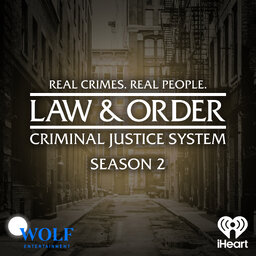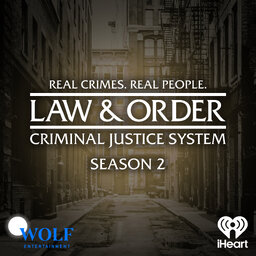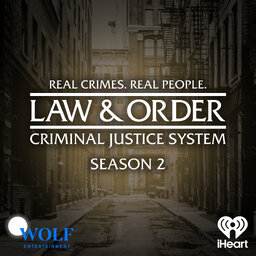S1 E5: The Commission Trial Begins
Law & Order: Criminal Justice System - Season 1 & Season 2
Season Two Out Now. Law & Order: Criminal Justice System tells the real stories behind the landmark cases that have shaped how the most dangerous and …26 clip(s)
Loading playlist
The Commission Case, NYC's trial of the century, kicks off in September of 1986, dragging New York’s mafia heads into court and thrusting the prosecution into their greatest challenge.
 Law & Order: Criminal Justice System - Season 1 & Season 2
Law & Order: Criminal Justice System - Season 1 & Season 2


